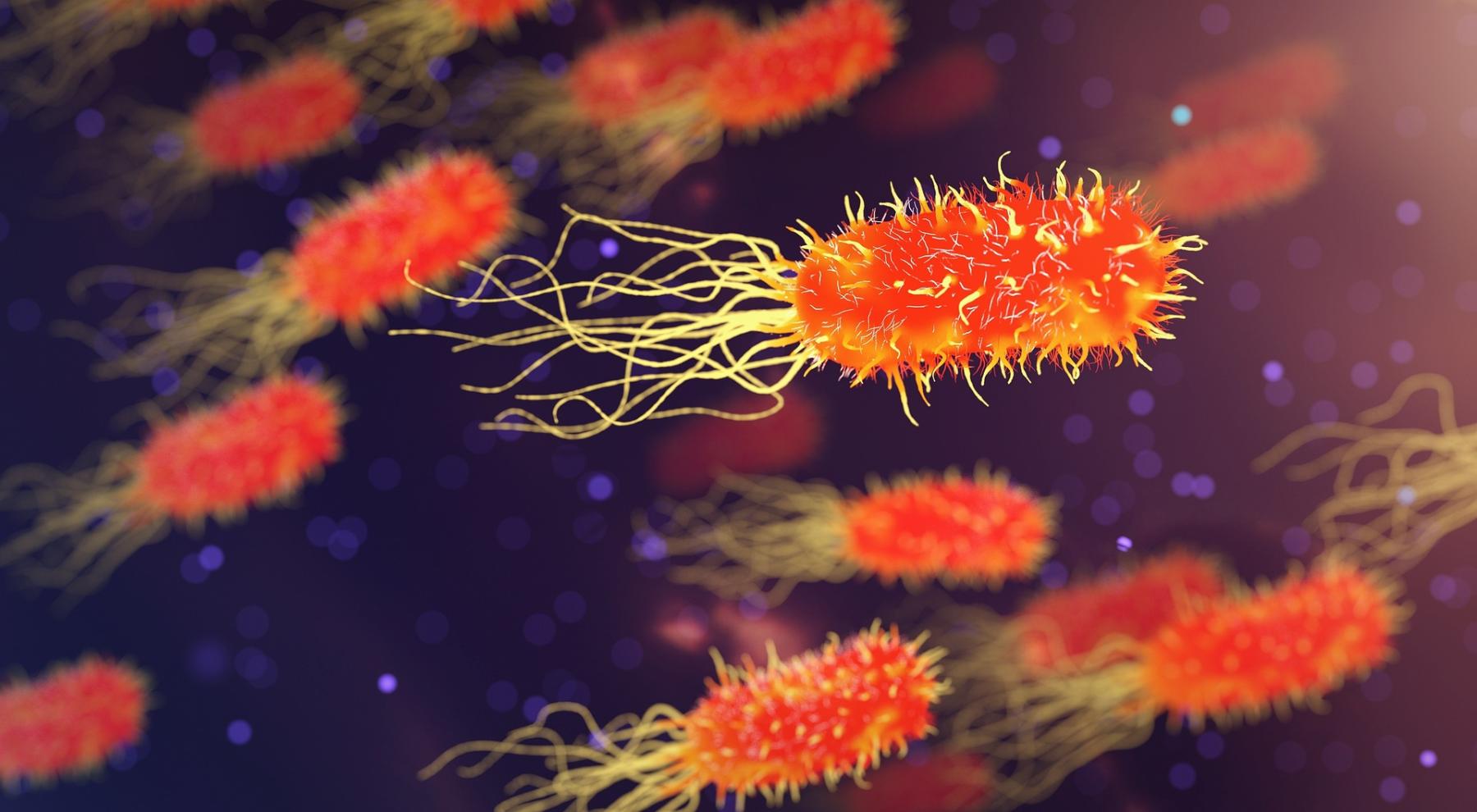
Microscopy
by Cristi Sims
In studying science, we are limited by the bounds of our own senses when collecting data. By developing technology that allows us to enhance and extend our senses, we can study things we would not ordinarily be able to. Telescopes look into the farthest reaches of space and microscopes enable us to look deep within our own cells. By using microscopes, we can observe cells on a level that we could never see with our naked eyes. This lesson plan includes digital resources to enhance a student's understanding of scale, parts of a microscope, how to use a microscope and then taking photos/videos with their own cell phones through the microscope to obtain real images of cells that they will discuss in a video submission.
Lesson Plan Link/URL
https://docs.google.com/presentation/d/1L_2GKC3gXdJD4btzukFm-G4rPpLzZPLz/edit?u…
Featured
Off
Related Content

Grades:
9th Grade, 10th Grade, 11th Grade, 12th Grade
A high school physics lesson plan that uses guided inquiry to help students explore the changes in potential difference across resistors connected in series & parallel.

Grades:
7th Grade, 8th Grade, 9th Grade, 10th Grade, 11th Grade, 12th Grade
Dive into the physics and engineering and programming of holonomic drives! Learn to code and control movement for your FTC robot with hands-on activities and real-world applications.

Grades:
7th Grade
Human cells function best within a specific temperature range. Recent scientific data has shown that extreme high temperatures can have detrimental effects on our cells. In fact, repeated exposure to